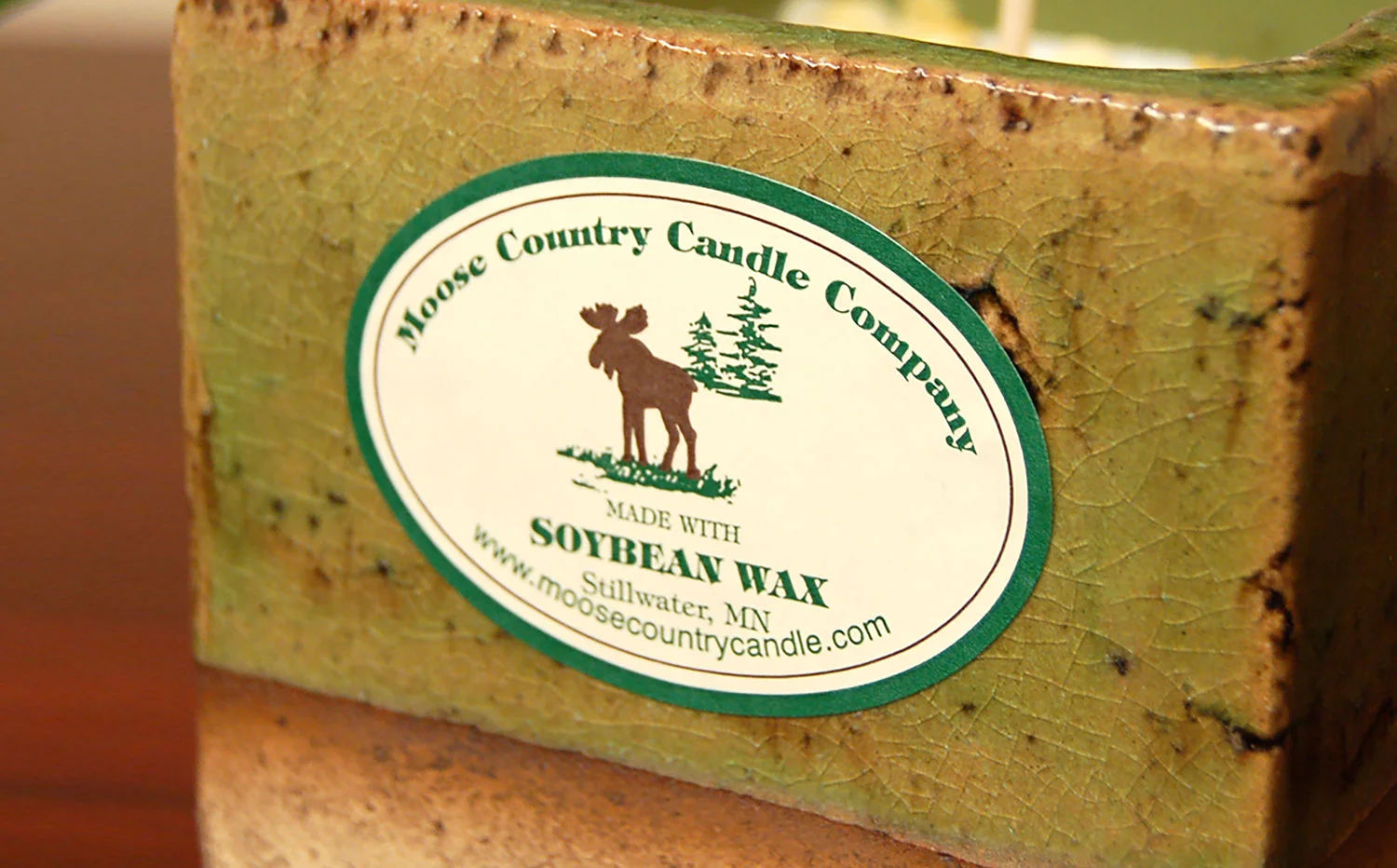Flexographic Labels
Why Choose Flexo?
With excellent graphics and the capacity to match any imprint color in the spectrum, Century Label’s flexographic ink labels offer vibrant and versatile labeling and packaging solutions. Flexographic printing is advantageous due to the sharpness of its print and its capacity for color modification. Flexo printing plates are capable of making precise prints of small text and finely detailed artwork.
Also, flexo printing enables color matching, custom coloring, and color shading. Water-based inks can be mixed to create any Pantone® color necessary and the process of flexo printing allows a great deal of control over the imprinting of labels.
Ink Imprint Process
Century Label’s ink labels are produced through a flexographic ink printing process. This process involves the use of water-based inks and flexible plates made of rubber, soft plastic, or a UV-sensitive polymer. This flexibility allows the plates to be wrapped around and affixed to a cylinder on the printing press for ink application. These plates carry the raised image of the label design. When printed, only the raised image comes in contact with the ink to imprint the label.
Ink printing is advantageous due to the sharpness of its print and its capacity for color modification. Ink printing plates are capable of making precise prints of small text and finely detailed artwork. Also, ink printing enables color matching, custom coloring, and color shading. Water-based inks can be mixed to create any Pantone® color necessary and the process of ink printing allows a great deal of control over the imprinting of labels.
However, ink printing also has its limitations. The ink substrate used in flexographic printing is opaque and changes according to the color of the label face stock. Using a white face stock will produce the truest imprint colors, but using any other color stock will produce an altered imprint shade. Another disadvantage of the ink process is the imperfection of shade creation. To create a shade, dots are engraved on the plate instead of solid images. The plate picks up less ink, creating a lighter shade. However, if the artwork is not created correctly, the dots may become visible and negatively affect the image quality of the label.
Contact us if you are unsure which imprint process is best suited for your label needs. Our experienced customer experience teams will answer any questions about the printing processes and will personally assist you in artwork submission, designing, and ordering.


